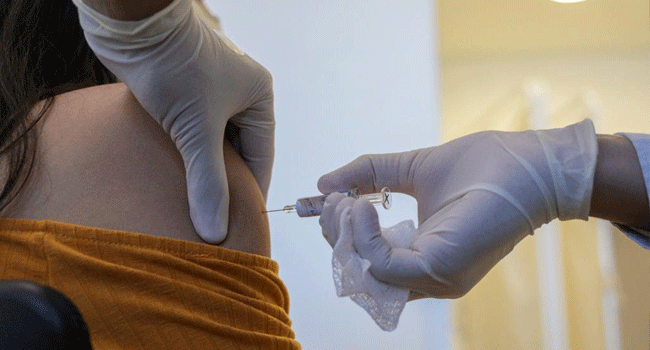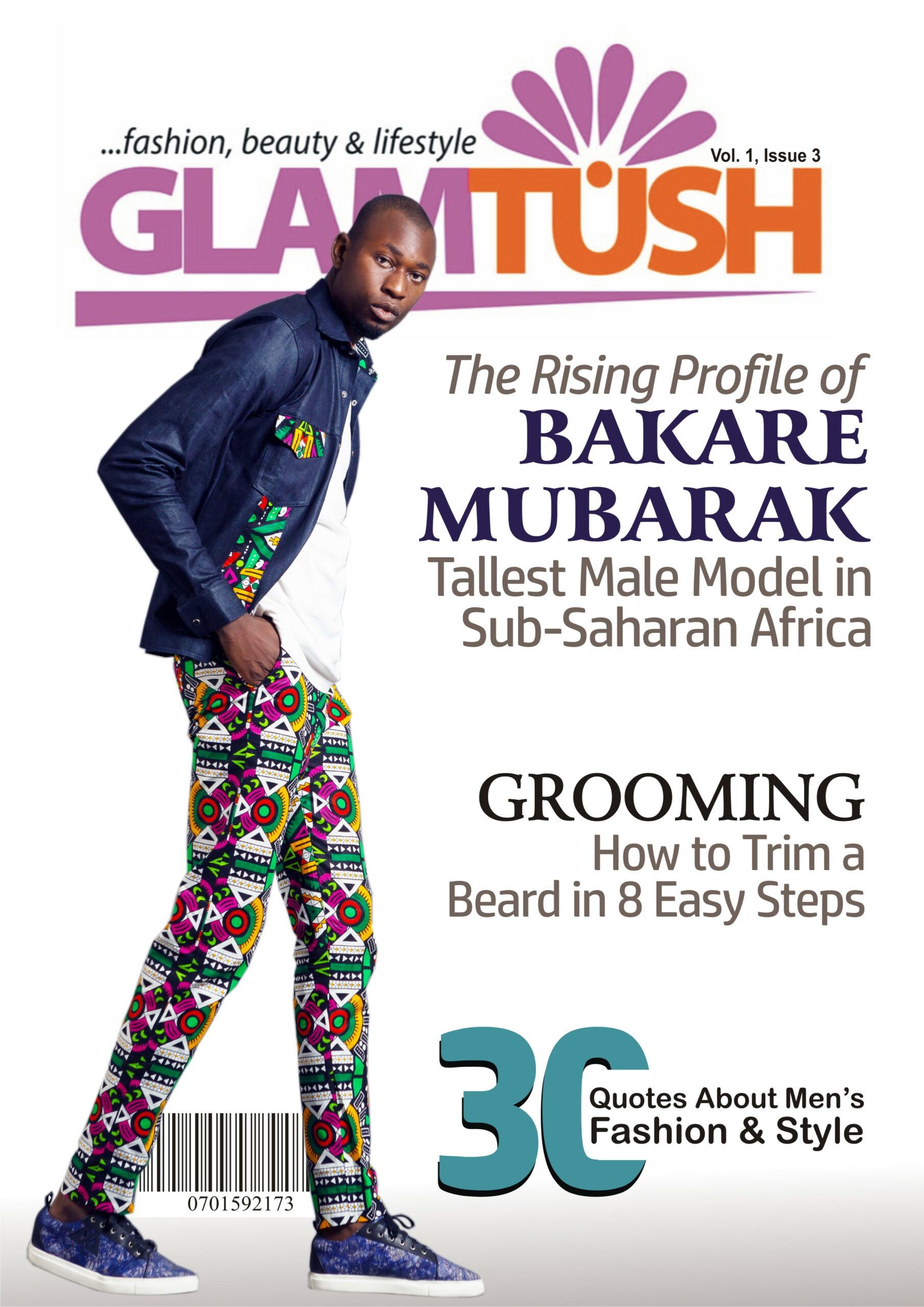COVID-19: ‘No Silver Bullet’ For Virus, WHO Warns, As Cases Top 18m
The World Health Organization (WHO) said Monday it had completed the groundwork in China to probe the origins of the new coronavirus — as it warned there might never be a “silver bullet” for COVID-19.
WHO chief Tedros Adhanom Ghebreyesus urged governments and citizens to focus on known basic steps to suppress the pandemic, such as testing, contact tracing, maintaining physical distance and wearing a mask.
“We all hope to have a number of effective vaccines that can help prevent people from infection,” Tedros told a virtual press conference.
“However, there’s no silver bullet at the moment — and there might never be.
“The basics of public health” are most effective for now, Tedros added, saying that wearing a mask in particular was sending a “powerful message to those around you that we are all in this together”.
Infections are surging in some countries around the world, but Tedros insisted that however bad the situation was, past examples such as South Korea showed it could be turned around.
“When leaders step up and work intensely with their populations, this disease can be brought under control,” he said.
– China mission –
The novel coronavirus has killed nearly 690,000 people and infected at least 18.1 million since the outbreak emerged in Wuhan in China last December, according to a tally from official sources compiled by AFP.
The WHO began pressing China in early May to invite in its experts to help investigate the animal origins of COVID-19.

The UN health agency sent an epidemiologist and an animal health specialist to Beijing on July 10 to lay the groundwork for a probe aimed at identifying how the virus entered the human species.
Their scoping mission is now complete, said Tedros.
“The WHO advance team that travelled to China has now concluded their mission,” he said.
Tedros said WHO and Chinese experts had agreed the terms of reference and a programme of work for a WHO-led international team of scientists and researchers from around the world.
“Epidemiological studies will begin in Wuhan to identify the potential source of infection of the early cases,” he said.
– Working backwards –
Scientists believe the killer virus jumped from animals to humans, possibly from a market in the city of Wuhan selling exotic animals for meat.
WHO emergencies director Michael Ryan paid tribute to the work already done by Chinese experts but stressed that the search for the disease’s origin would require much deeper study.
“There are gaps in the epidemiologic landscape, and what is required is going to be a much more extensive, retrospective epidemiologic study to look at those first cases and clusters in Wuhan and to fully understand the links between those cases,” he said.
From there, “we can then determine at what point, in Wuhan or elsewhere, the animal-species barrier was breached.”
Ryan said that without detailed investigations, the search would be like looking for a needle in a haystack.
“The real trick is to go to the human clusters that occurred first and then to work your way back, systematically looking for that first signal” where the virus jumped species, the Irish epidemiologist said.
AFP




























